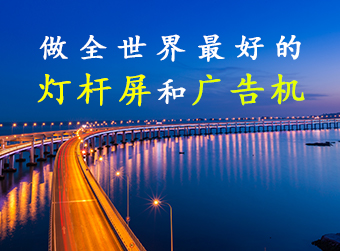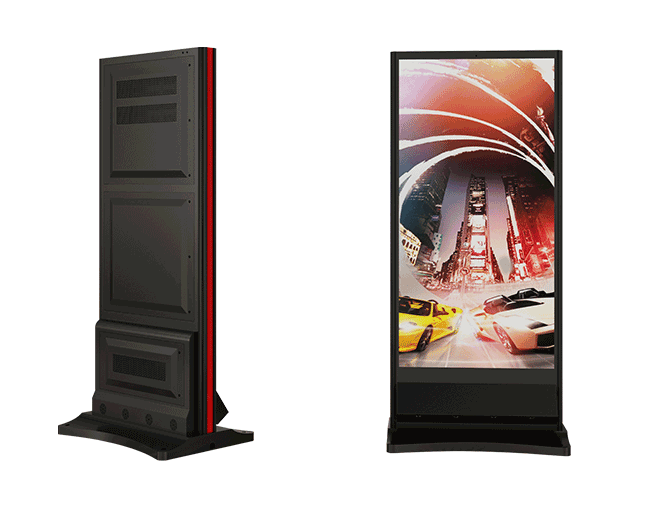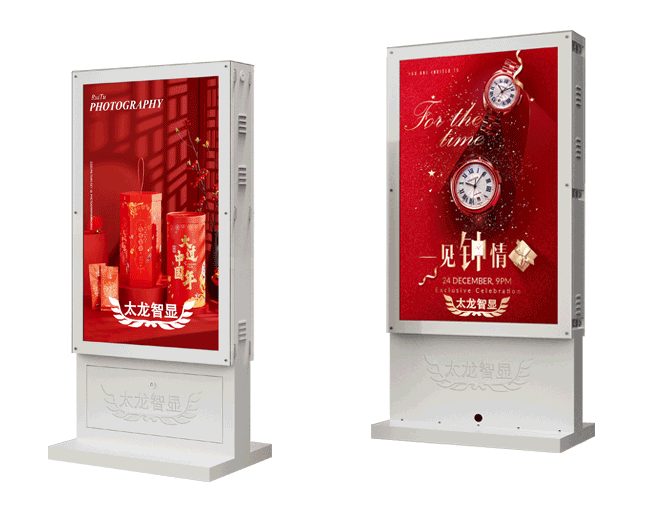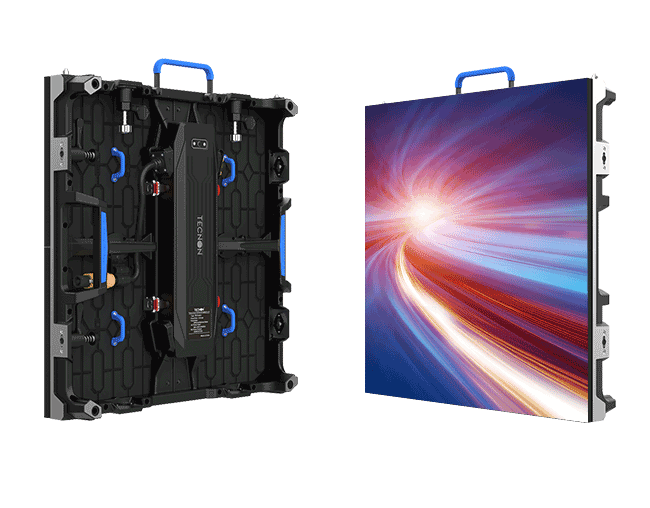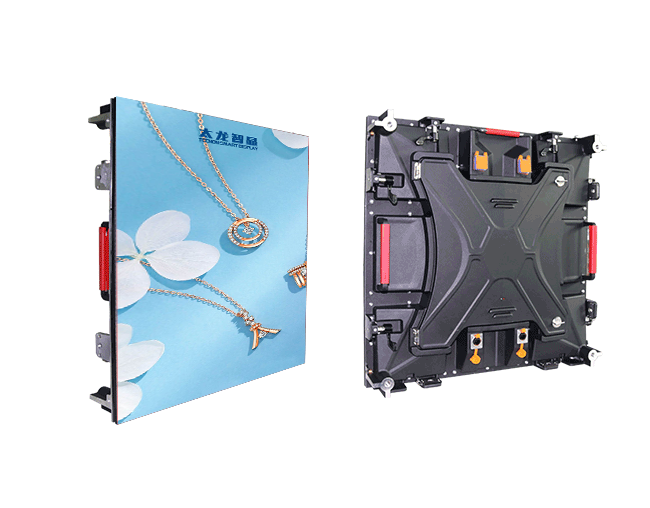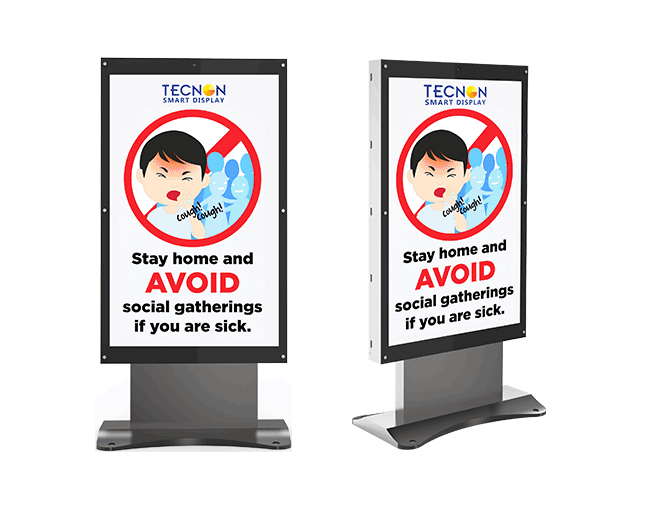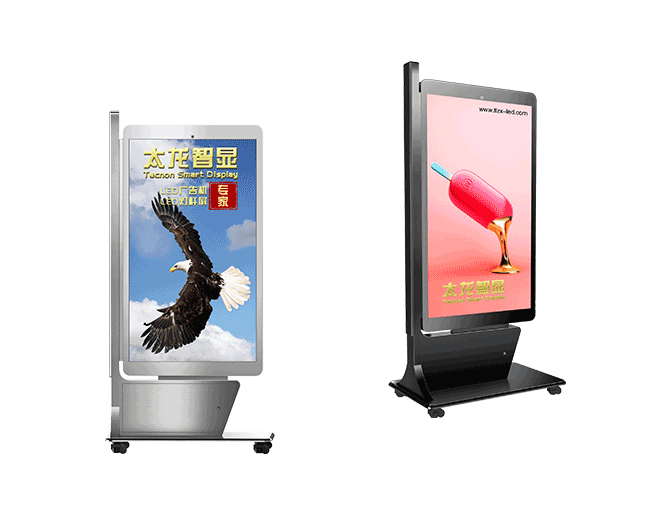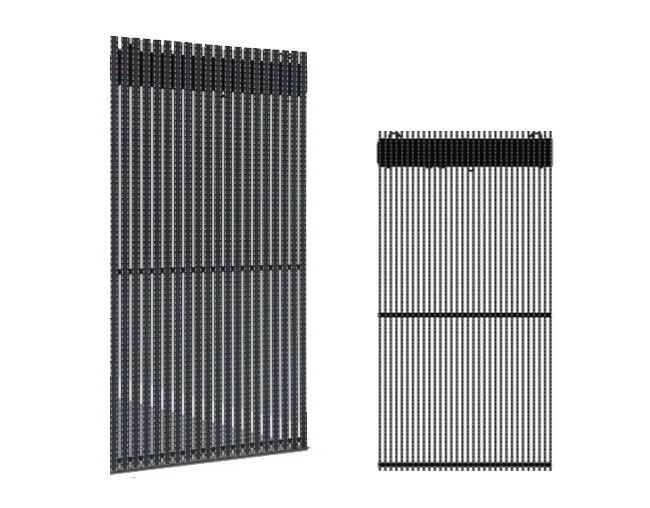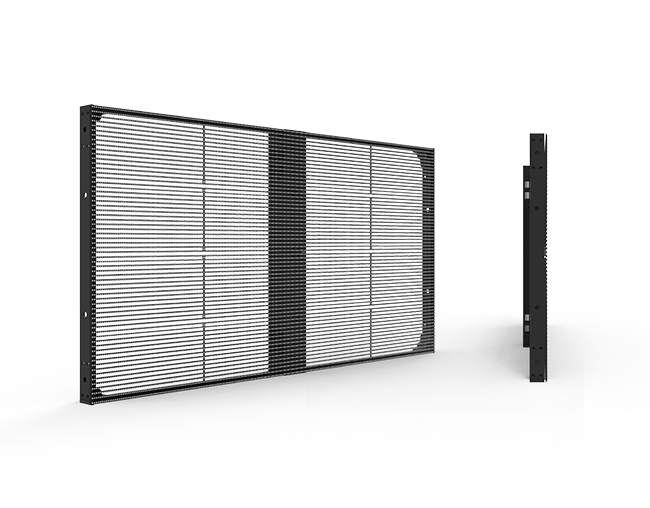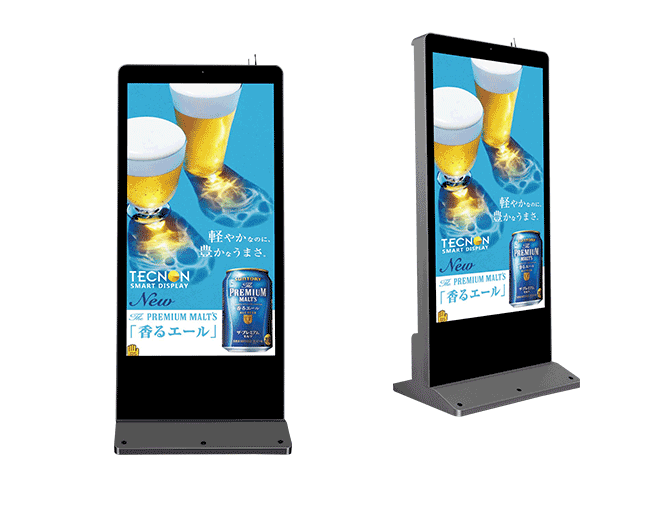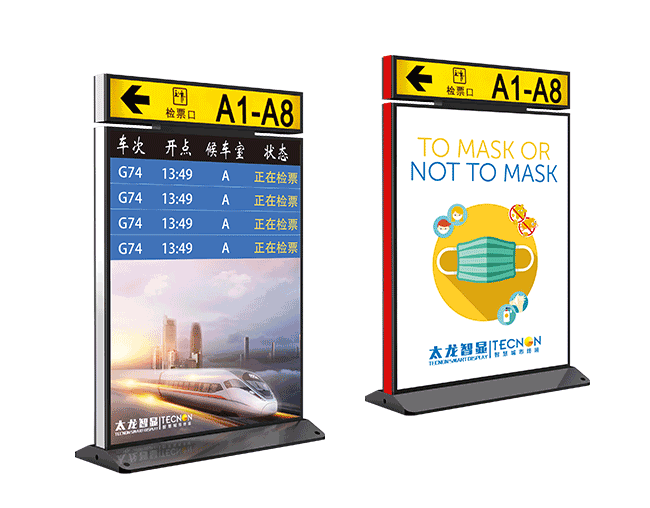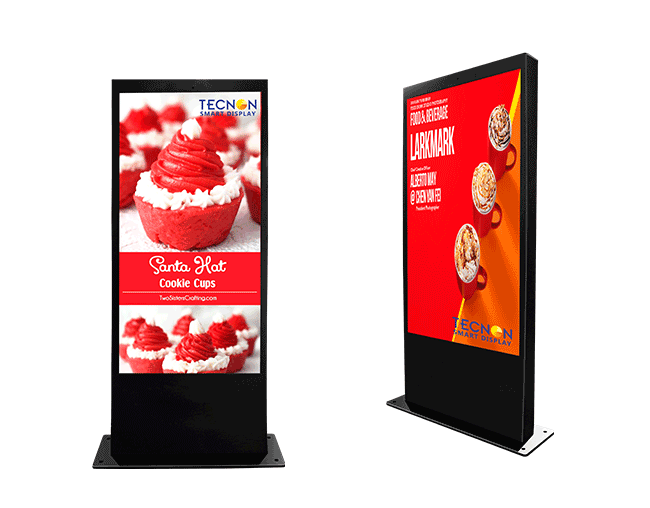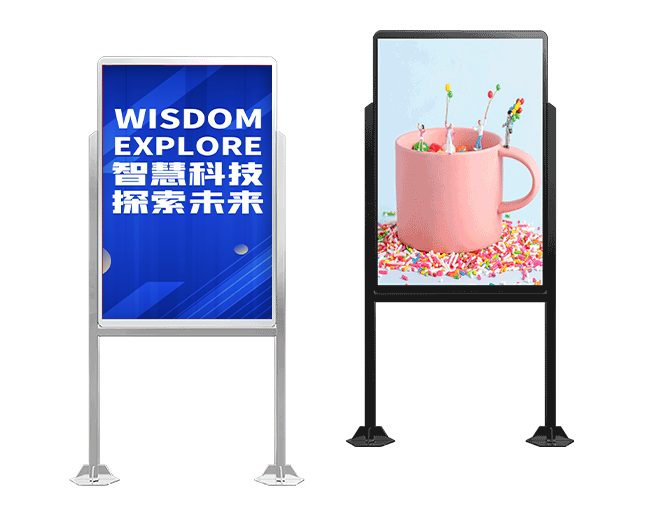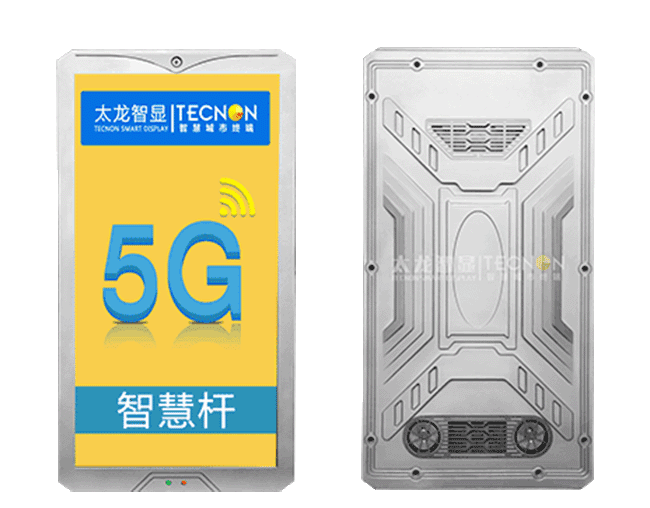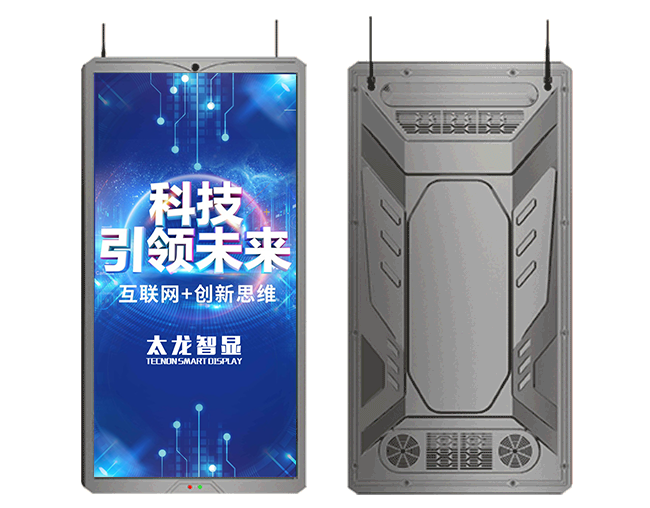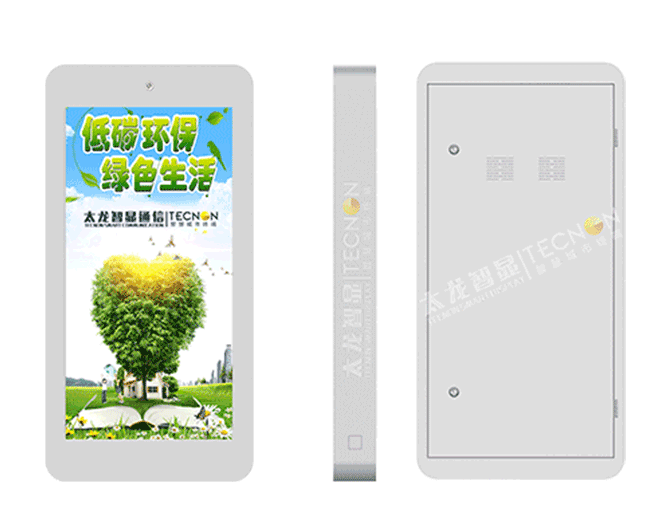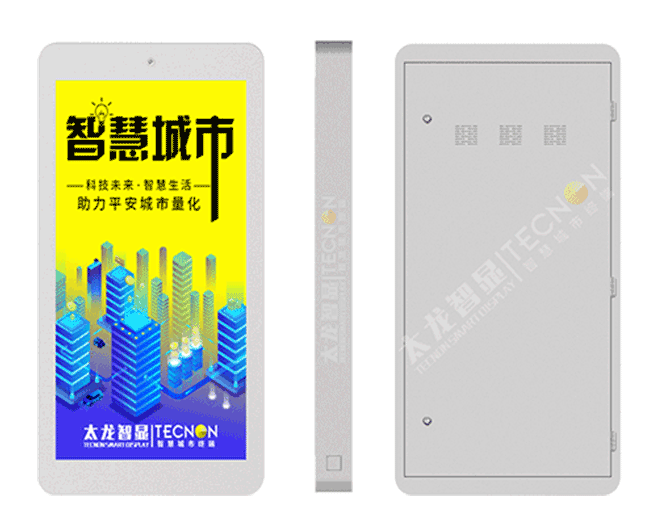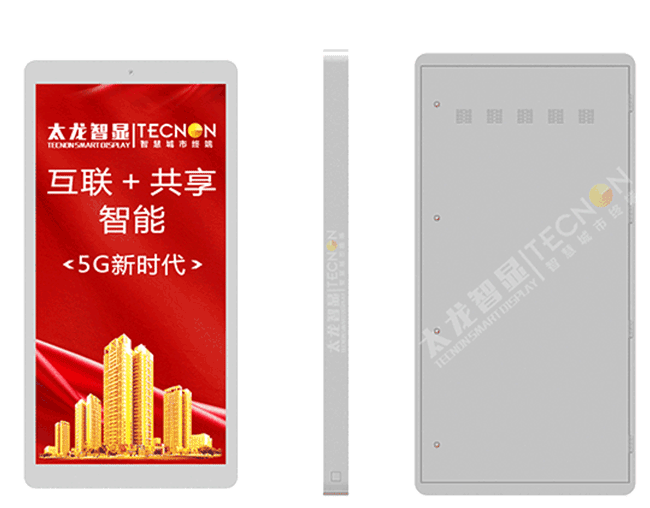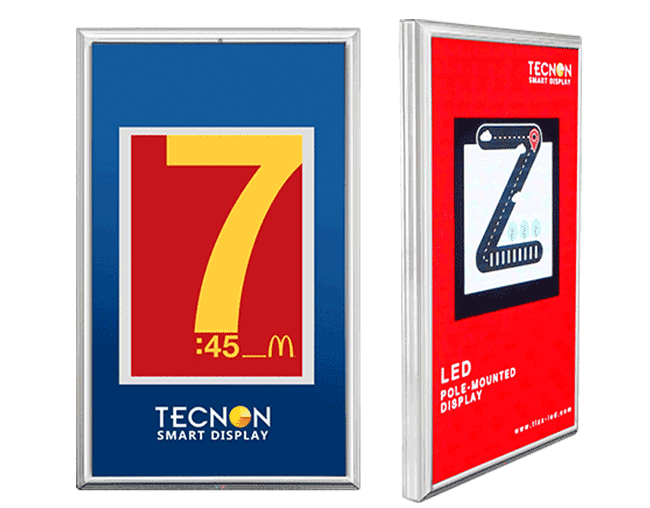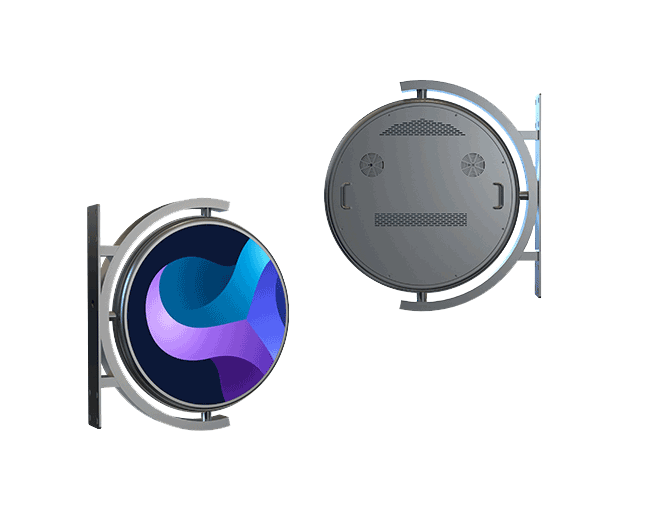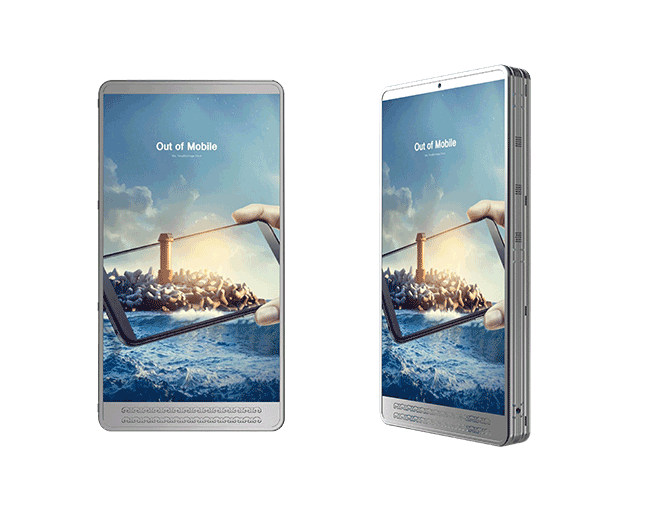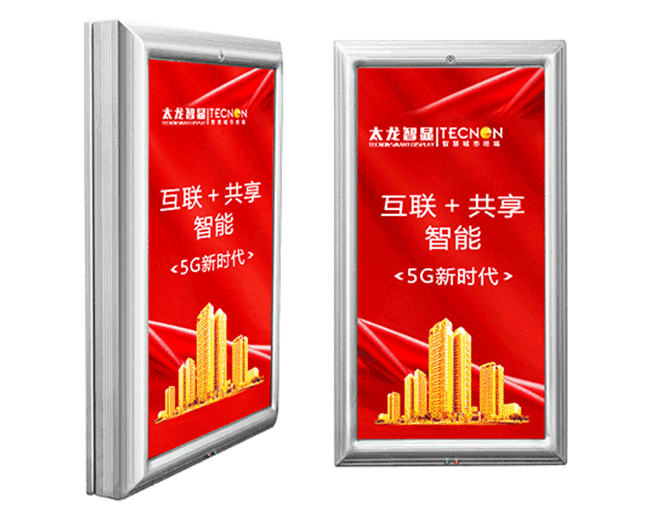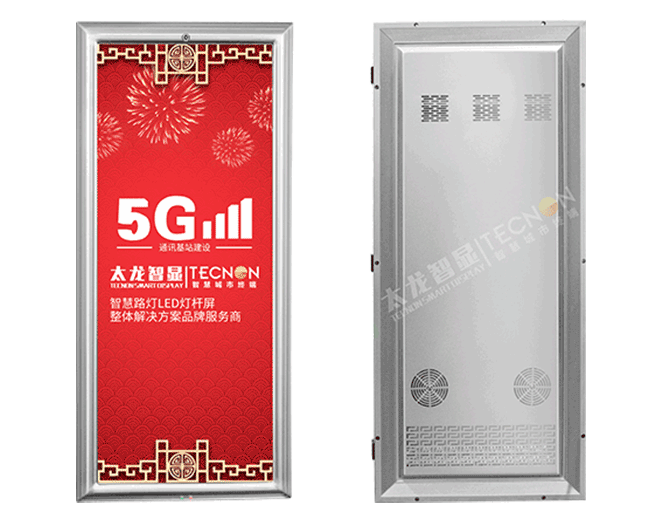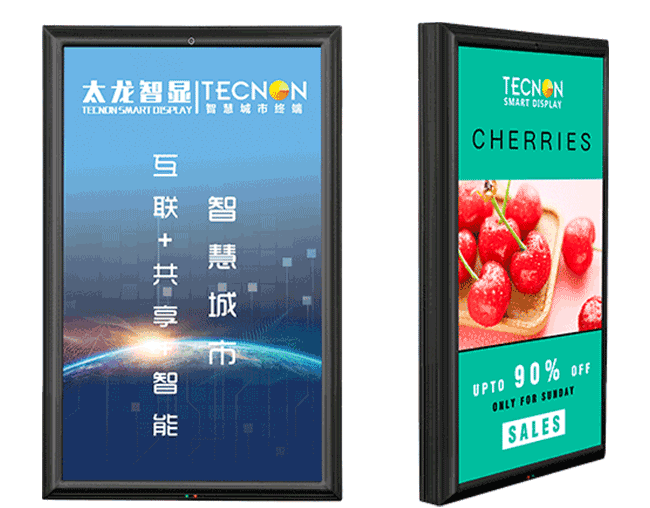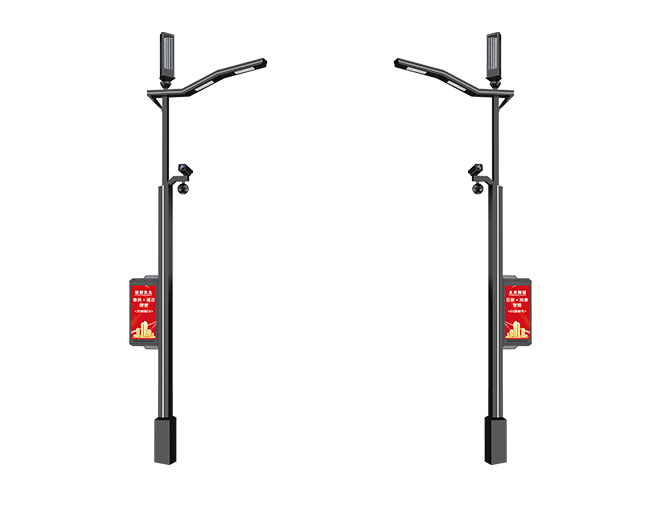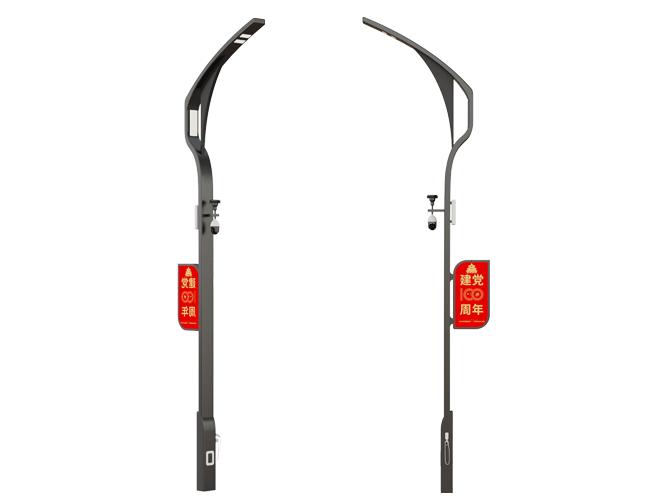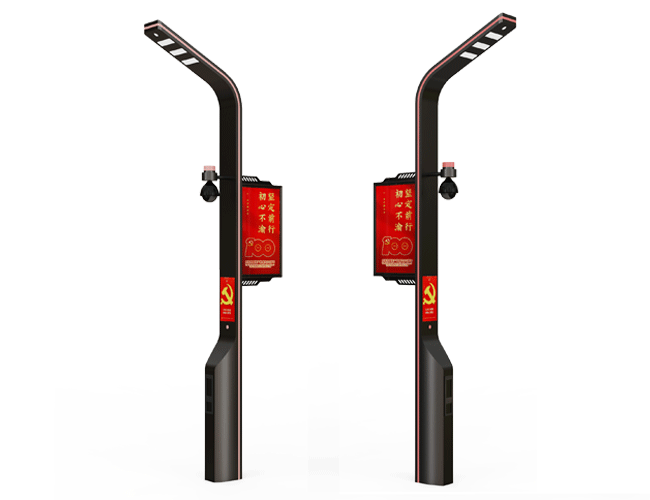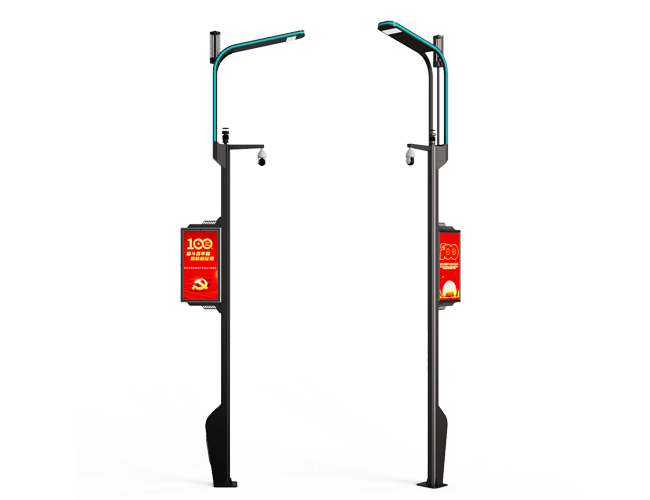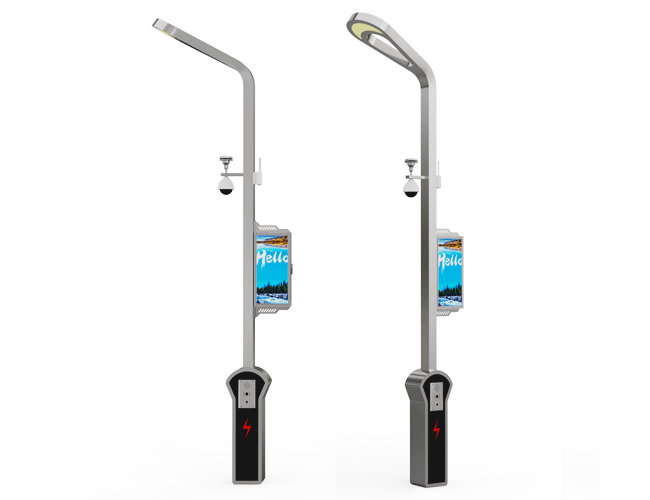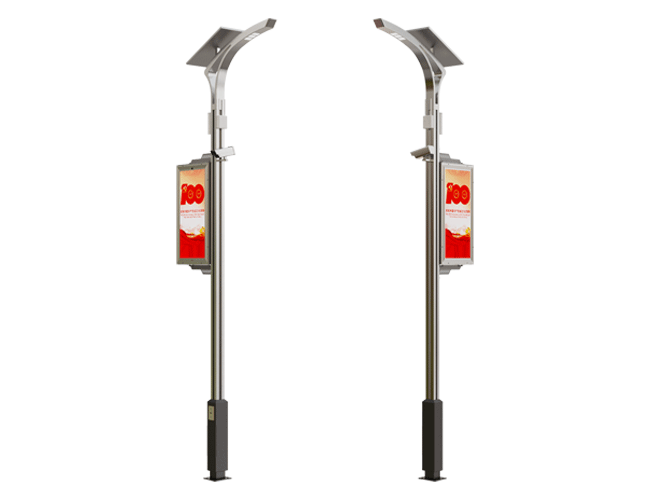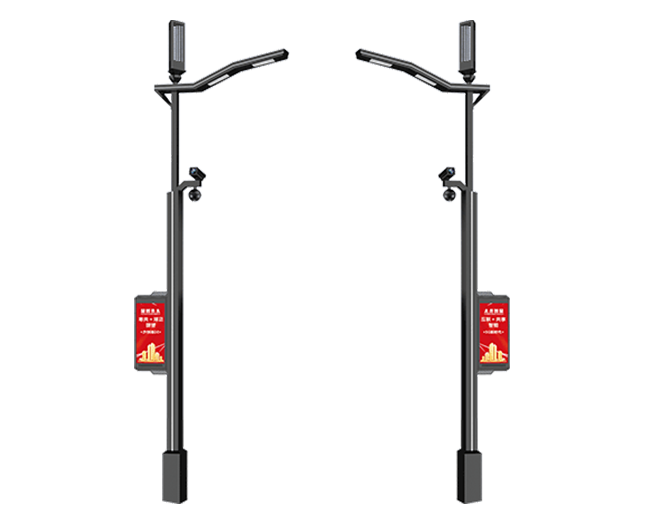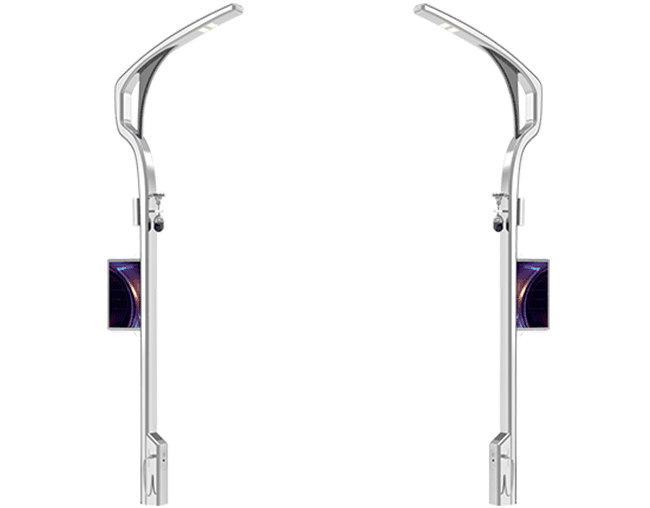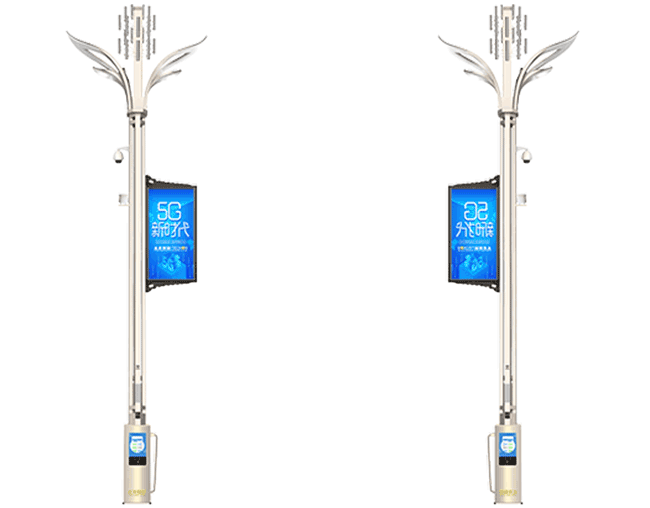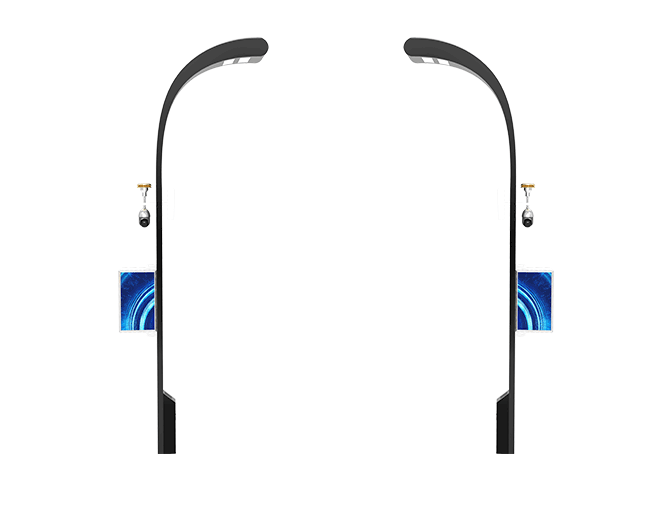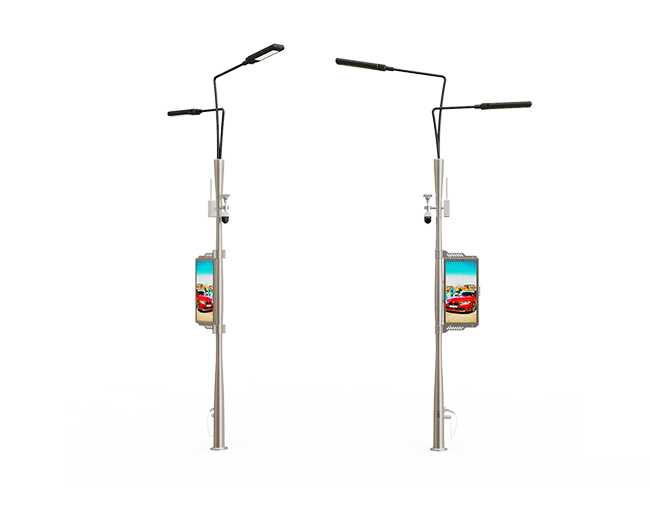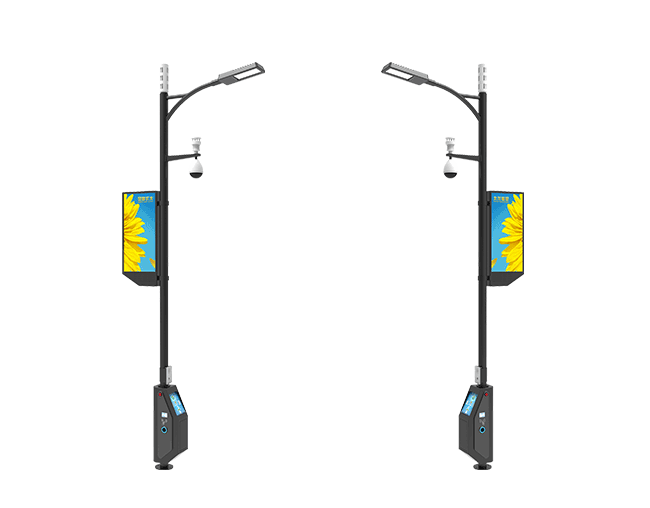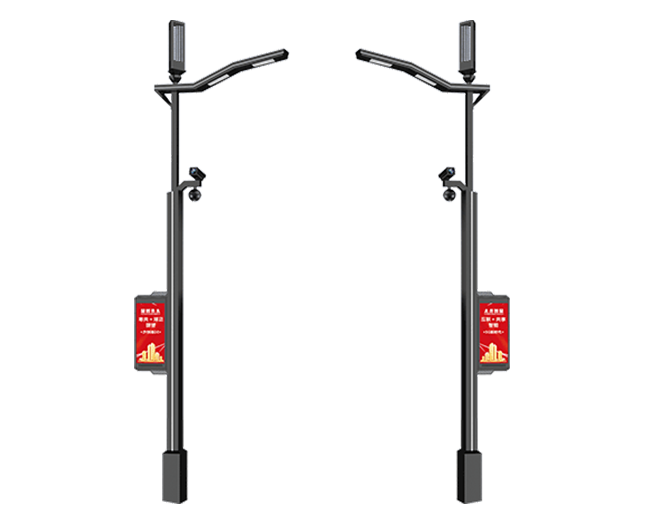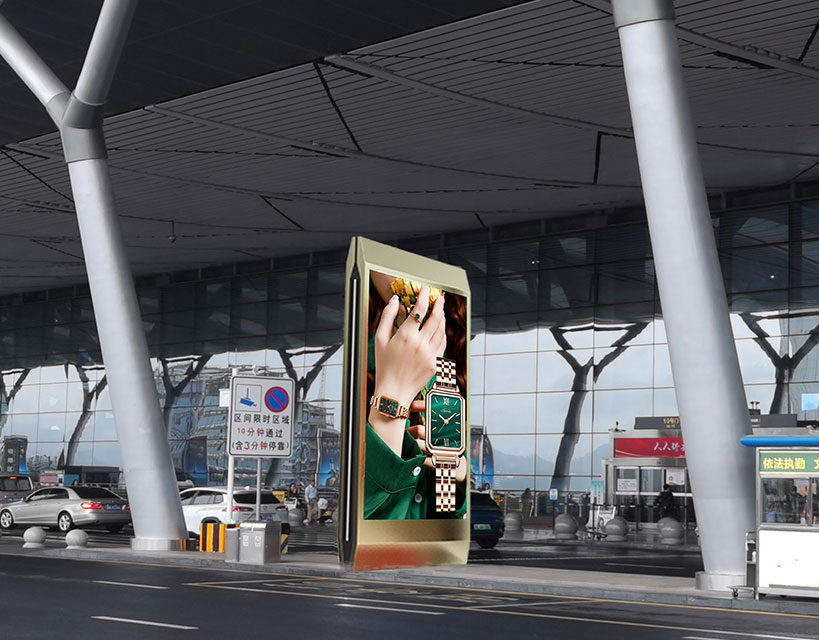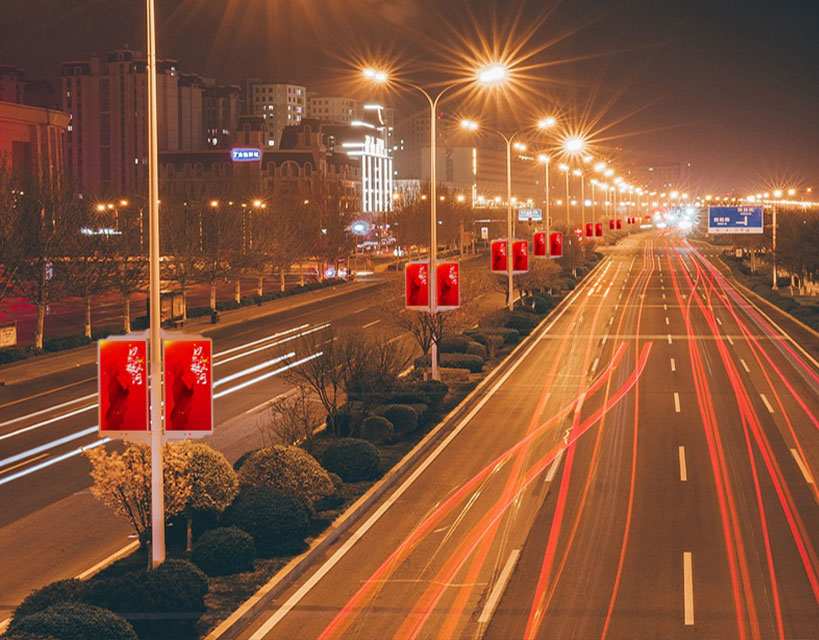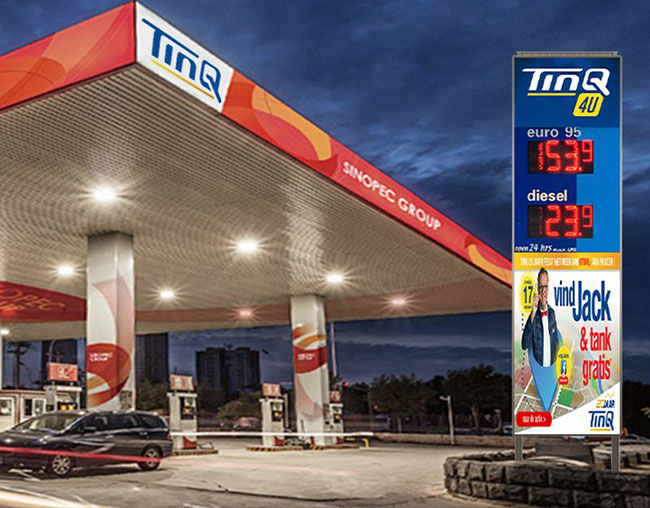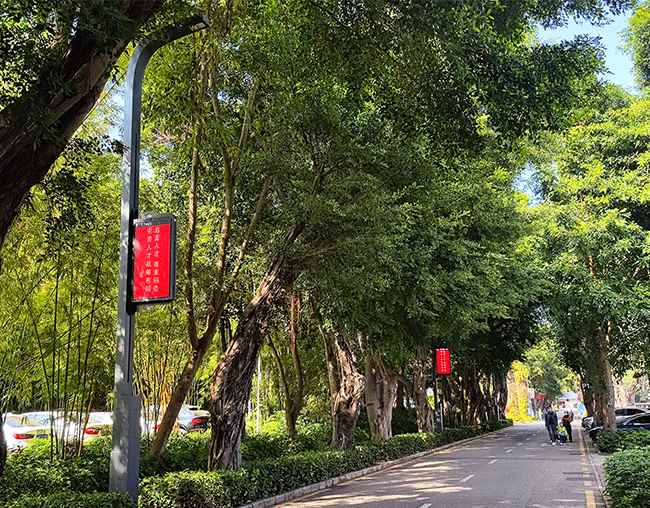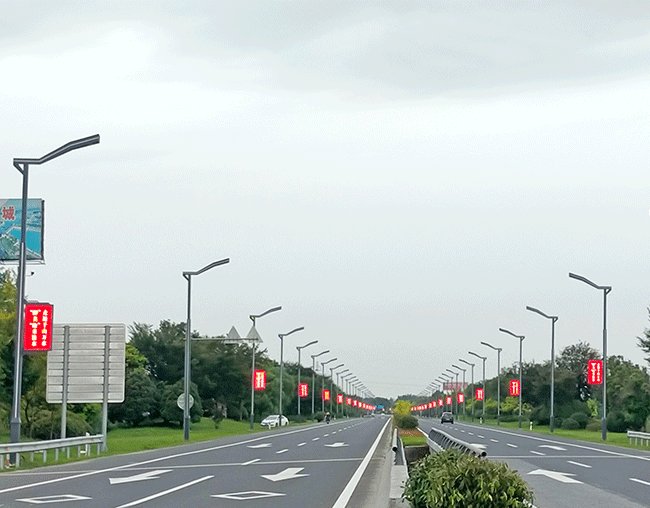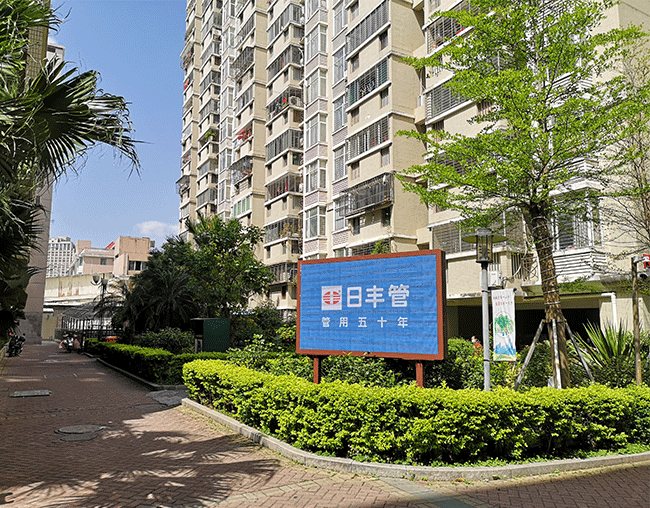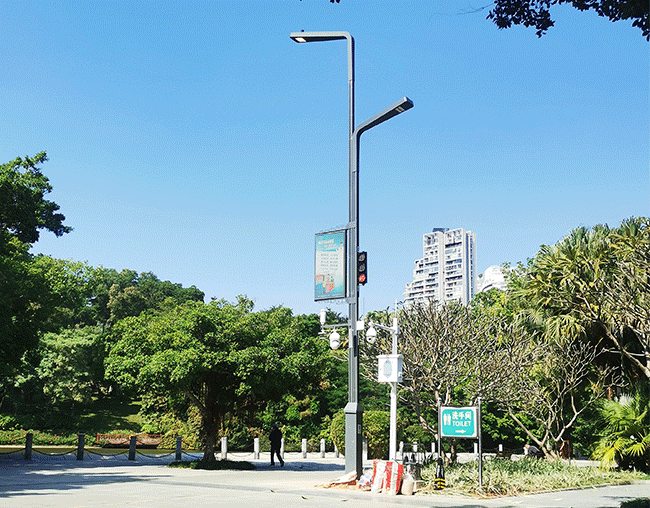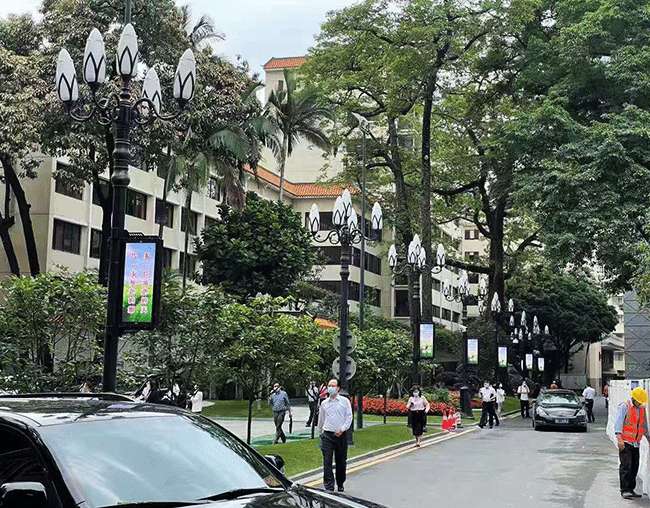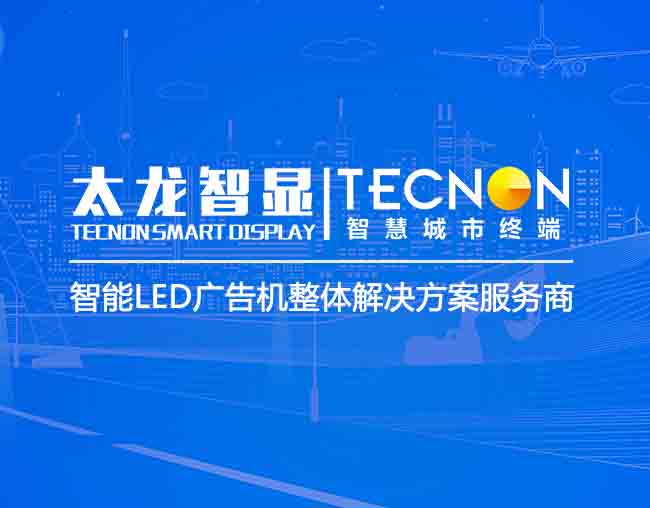The value of lamp pole screens in smart city construction
In the context of the deep integration of new urbanization and digital transformation, the construction of model smart city templates in various provinces has become a key path to enhance regional coordinated development capabilities and solve the problem of resource dispersion. The core of this model is to provide replicable experience for other cities through standardized and intensive top-level design, and smart lamp pole screens, as intelligent nodes of urban infrastructure, have become an important carrier for integrating resources, empowering governance, and serving people's livelihood.
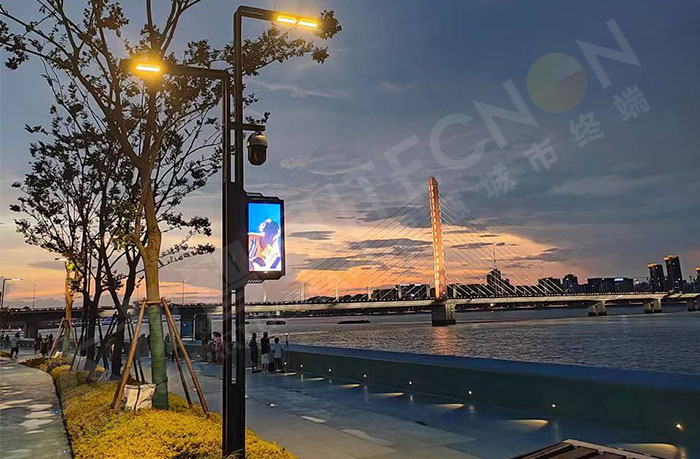
Smart city construction involves the collaboration of multiple departments such as transportation, security, and environmental protection. In the traditional model, independent systems that act independently are prone to repeated investment and spatial redundancy. Taking the lamp pole screen as an example, it integrates street lights, communication base stations, environmental monitoring and other functions through "multi-pole integration", which can greatly reduce the number of urban poles and release public space. The core value of the provincial template city is to establish a general operating system with an open source architecture, realize the interconnection between lamp pole screens and other municipal equipment, avoid interface confusion and data islands, and centrally deploy lamp pole screen networks through a government-enterprise cooperation model to reduce fiscal expenditures and improve operational efficiency.
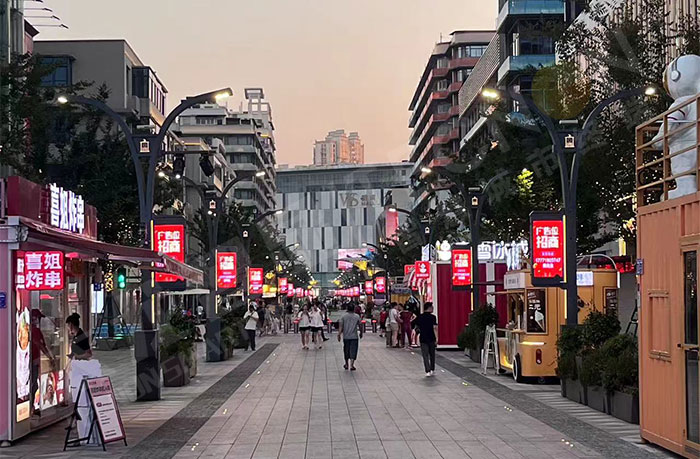
Smart lamp pole screens are not only a window for information interaction, but also the "nerve endings" of urban data. The environmental sensors, cameras and other equipment it carries can collect data such as traffic flow, air quality, and public safety in real time, and link with the city brain through the Internet of Things platform to form a cross-departmental collaborative governance mechanism. The demonstration role of the provincial template city is reflected in the unified data interface specifications, opening up the data pools of public security, environmental protection, urban management and other departments, realizing cross-domain decision-making support, combining NFC, 5G and other technologies, providing citizens with real-time navigation, emergency warning and other precise services, relying on the lamp pole screen network to build an industrial data middle platform to help logistics, retail and other industries transform intelligently. This system verifies the strategic value of the urban perception network and provides methodological support for the efficient use of data assets.

At present, most smart city projects face the challenges of shortage of operating funds and single profit model. The composite function of the lamp pole screen provides a breakthrough for this. Operators can share the construction costs through market-oriented methods such as advertising and 5G base station leasing. The commercial development of data such as traffic flow and environmental monitoring can generate sustainable income, and jointly develop "lamp pole + X" solutions with lighting, communication and AI companies to promote collaborative innovation in the industrial chain. By verifying the feasibility of these models, provincial template cities can help other regions avoid the common risks of "focusing on construction and neglecting operation".
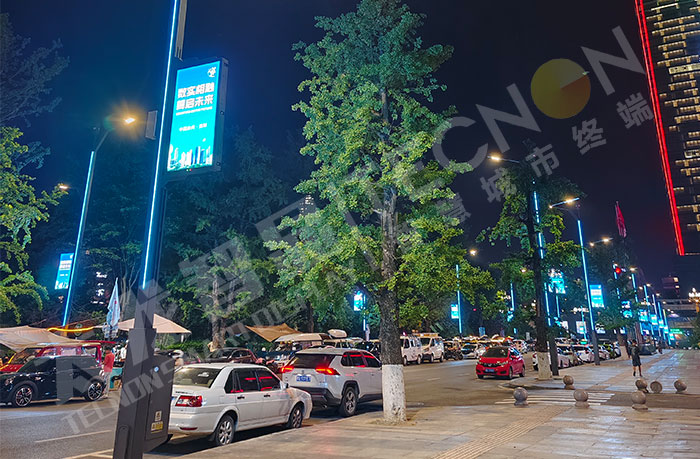
The ultimate goal of smart cities is to enhance residents' sense of gain. Lamp pole screens transform technical capabilities into inclusive services by integrating functions such as one-click help, barrier-free navigation, and community information release. Its value is not only reflected in the improvement of response speed, but also in the construction of a closed loop of "demand perception-intelligent analysis-precise service", promoting the transformation of urban governance from extensive management to refined services.
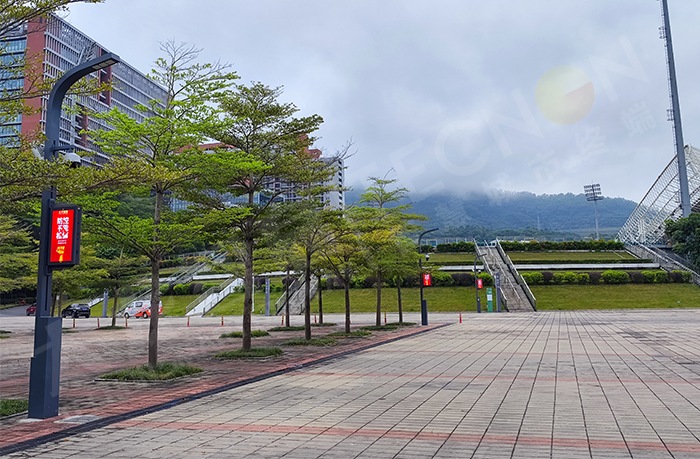
The essence of each province to create a smart city template is to build a set of portable and iterative technology and institutional systems. Smart lamp pole screens play three roles in this process: as a "connector" for infrastructure, a "sensor" for data flow, and a "touch point" for people's livelihood services. Through the promotion of standardization at the provincial level, it can not only avoid repeated trial and error between cities, but also form a basic framework for differentiated innovation, and ultimately achieve a leap in digital governance capabilities from "bonsai demonstration" to "global symbiosis".





